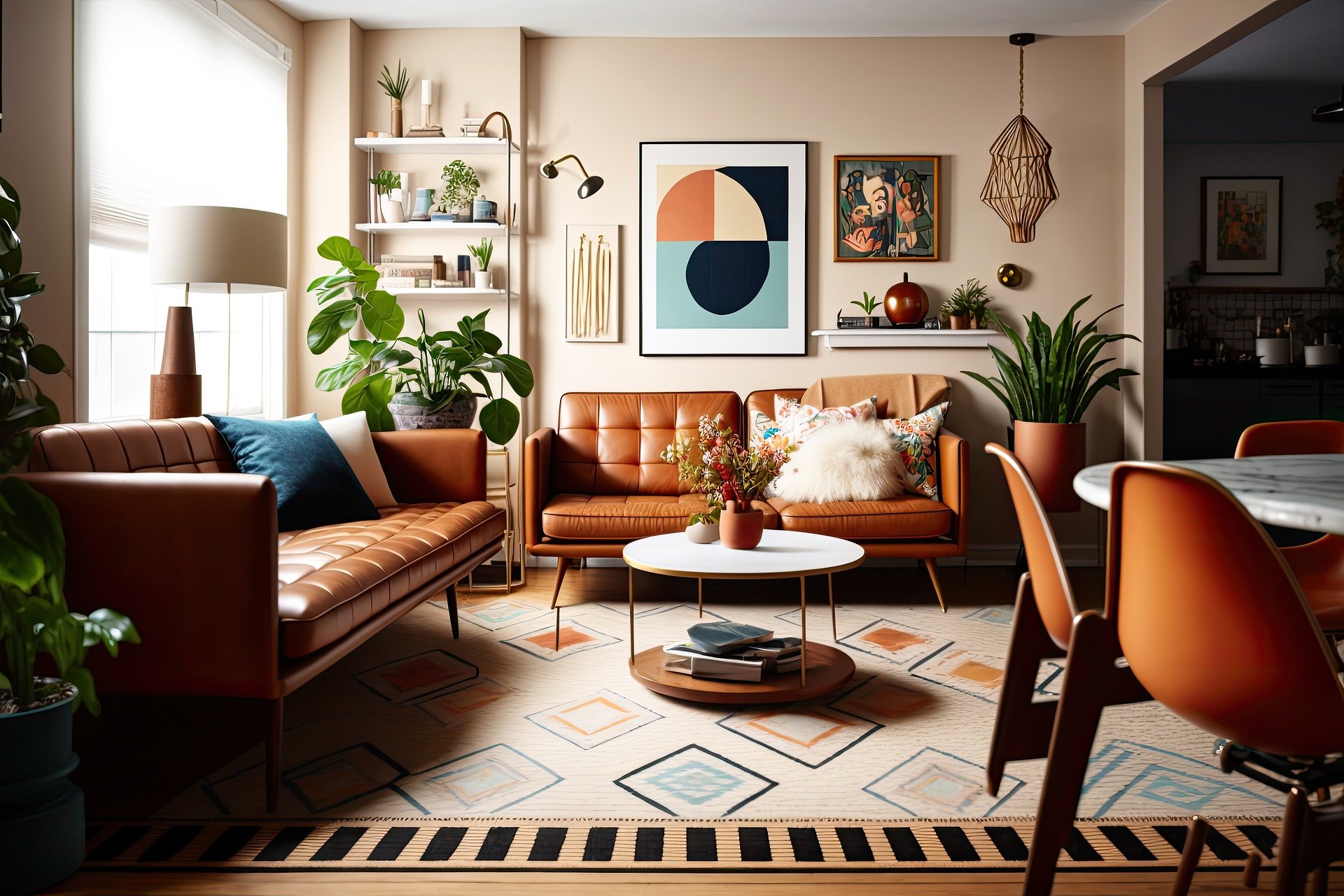Practical Interior Design Tips for Stylish, Livable Homes
Interior design shapes how a home feels and functions. Beyond aesthetics, good design balances scale, light, circulation, and storage to support daily life. Whether you’re refreshing a single room or planning a full redesign, practical choices about layout, furniture, and finishes make your home more comfortable, efficient, and visually appealing.

What is modern interior design?
Modern interior design emphasizes clean lines, functional layouts, and intentional use of materials and color. Start by assessing how each room is used: traffic flow, natural light, and storage needs guide decisions. A modest palette with one or two accent hues keeps spaces feeling cohesive. Incorporate textures—wood, metal, textiles—to add depth without cluttering. Consider sustainability by choosing durable, low-VOC finishes and materials with transparent sourcing when possible. For larger projects, consult local services or an interior designer to translate style preferences into practical plans and scaled drawings.
How to choose furniture for balance?
Furniture anchors a room and must fit both scale and purpose. Measure your space and draw a simple floor plan before shopping to avoid oversized pieces that crowd circulation. Prioritize multipurpose furniture—sofas with storage, extendable tables, or a bed with drawers—for smaller homes. Choose proportions that complement architectural features: low-profile sofas in rooms with low ceilings, taller bookcases for rooms with vertical emphasis. Mix materials and finishes to create visual interest, but keep a consistent rhythm—repeating a material or color two to three times helps unify the design.
How to layer home decor effectively?
Layering home decor builds personality without overwhelming a room. Start with foundational elements—walls, floor coverings, and main furniture—then add mid-level items like lighting, rugs, and window treatments. Finally, place smaller decor objects such as cushions, plants, art, and books. Vary scale: pair a large statement piece with several smaller supporting items. Use groups of odd numbers (three or five items) to create natural arrangements. Keep functionality in mind—cohesive displays should still allow for cleaning and everyday use. Rotate accents seasonally or when you want a refresh without a major overhaul.
How to design a functional living room?
A functional living room prioritizes comfort, conversation, and adaptability. Arrange seating to encourage interaction—orient sofas and chairs toward each other rather than against walls. Define zones with rugs and lighting: an ambient overhead fixture, task lighting for reading, and accent lights to highlight art. Consider media placement early: mounting, wiring, and glare control affect layout. Include varied storage solutions—closed cabinets for clutter, open shelving for display. For families, choose stain-resistant fabrics and durable finishes. Flexible pieces like ottomans or nesting tables help accommodate gatherings and everyday life.
How to create a calm bedroom retreat?
Bedrooms should promote rest through soothing color, uncluttered surfaces, and comfortable bedding. Choose mattress and pillows that support your sleep posture and pair them with breathable linens. Limit furniture to essentials—bed, bedside tables, and a dresser—to maintain calm. Soft, layered lighting (dimmers, bedside lamps) lets you control brightness for winding down. Use blackout curtains or blinds to manage light and consider simple storage strategies to keep the floor clear: under-bed boxes, built-in closets, or a streamlined wardrobe. Incorporating a single calming focal point—art, a textured headboard, or a statement light fixture—can create a sense of sanctuary without excess.
Conclusion
Thoughtful interior design connects practical needs and personal taste to create homes that function well and feel welcoming. By focusing on scale, circulation, and the deliberate layering of furniture and home decor, you can transform spaces in both the living room and bedroom into areas that support everyday life and well-being. Small changes—rearranging furniture, updating lighting, or simplifying surfaces—often yield big improvements. When projects grow in scope, local services like designers, contractors, and specialty suppliers can provide expertise, plans, and execution tailored to your home and budget, helping ensure durable choices and cohesive results.






